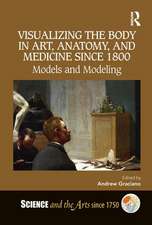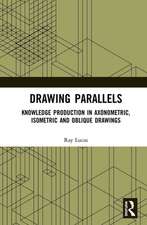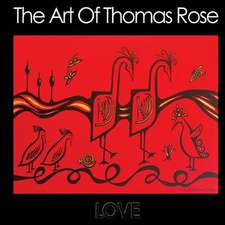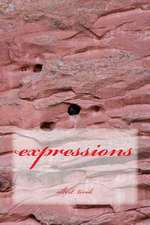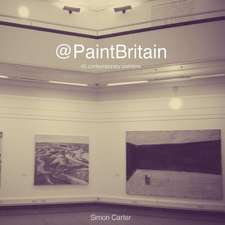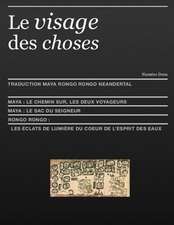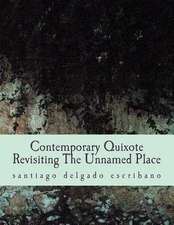Perceptions of the Body and Sacred Space in Late Antiquity and Byzantium
Editat de Jelena Bogdanovicen Limba Engleză Hardback – 7 mar 2018
| Toate formatele și edițiile | Preț | Express |
|---|---|---|
| Paperback (1) | 312.43 lei 6-8 săpt. | |
| Taylor & Francis – 30 iun 2020 | 312.43 lei 6-8 săpt. | |
| Hardback (1) | 1091.99 lei 6-8 săpt. | |
| Taylor & Francis – 7 mar 2018 | 1091.99 lei 6-8 săpt. |
Preț: 1091.99 lei
Preț vechi: 1331.69 lei
-18% Nou
Puncte Express: 1638
Preț estimativ în valută:
209.09€ • 215.69$ • 173.30£
209.09€ • 215.69$ • 173.30£
Carte tipărită la comandă
Livrare economică 20 februarie-06 martie
Preluare comenzi: 021 569.72.76
Specificații
ISBN-13: 9781138561045
ISBN-10: 1138561045
Pagini: 258
Ilustrații: 7 Line drawings, black and white; 58 Halftones, black and white; 65 Illustrations, black and white
Dimensiuni: 156 x 234 x 16 mm
Greutate: 0.5 kg
Ediția:1
Editura: Taylor & Francis
Colecția Routledge
Locul publicării:Oxford, United Kingdom
ISBN-10: 1138561045
Pagini: 258
Ilustrații: 7 Line drawings, black and white; 58 Halftones, black and white; 65 Illustrations, black and white
Dimensiuni: 156 x 234 x 16 mm
Greutate: 0.5 kg
Ediția:1
Editura: Taylor & Francis
Colecția Routledge
Locul publicării:Oxford, United Kingdom
Public țintă
PostgraduateCuprins
Introduction: Encounters with the Holy, Jelena Bogdanović Part I THE IMMATERIAL AND PLACELESS SACRED 1. Images of Invisible Beauty in the Aesthetic Cosmology of Dionysius the Areopagite, Filip Ivanović Part II THE SACRED MADE PALPABLE 2. Monumental Icons and Their Bodies in Early Christian Rome and Byzantium, Maria Lidova 3. Imperial Bodies and Sacred Space? Imperial family images between monumental decoration and space definition in Late Antiquity and Byzantium, Maria Cristina Carile 4. The Influence of Icons on the Perception of Living Holy Persons, Katherine Marsengill Part III THE SACRED DELIVERED 5. Delivering the Sacred: Representing Translatio on the Trier Ivory, Ljubomir Milanović 6. Bodies in Motion: Visualizing Trinitarian Space in the Albenga Baptistery, Nathan S. Dennis 7. A Mobile Dialogue of an Immobile Saint: St. Symeon the Younger, Divine Liturgy, and the Architectural Setting, Ayşe Belgin-Henry 8. Framing Glorious Spaces in the Monastery of Hosios Loukas, Jelena Bogdanović Conclusions. Iconic Perception and Noetic Contemplation of the Sacred, Jelena Bogdanović with Katherine Marsengill Bibliography
Notă biografică
Jelena Bogdanović is Associate Professor of Architecture at Iowa State University, USA. Trained as an architect and an historian of art and architecture, she specializes in the architectural history of Byzantine, Slavic, Western European, and Islamic cultures in the Balkans and the Mediterranean.
Recenzii
‘[The book is] ... an enlightening journey through the early Christian Mediterranean mentalities in relation to how the connection between body and sacred space was seen and represented, and a well-documented and rich source for any scholar interested in this period - Ecaterina Lung, Hiperboreea, Volume 8, No. 1 (2021).
‘Each of the eight contributors shows in a different way how art, design, and architectural space could help transform the human body into a vehicle of the divine. Icons and the spaces they occupied had a real presence facilitated by shimmering surfaces; they demanded that believers should move bodily through constricted or open spaces, and they rewarded the pious who gazed upwards with animated manifestations of the heavenly realm’ – Time and Mind, Volume 12, Issue 3 (2019).
‘Each of the eight contributors shows in a different way how art, design, and architectural space could help transform the human body into a vehicle of the divine. Icons and the spaces they occupied had a real presence facilitated by shimmering surfaces; they demanded that believers should move bodily through constricted or open spaces, and they rewarded the pious who gazed upwards with animated manifestations of the heavenly realm’ – Time and Mind, Volume 12, Issue 3 (2019).
Descriere
Examining various encounters with the holy in the medieval Mediterranean through the lens of the human body and perceptible dimensions of sacred space, the chapters in this volume discuss the complex dynamics of perception employed when experiencing what was constructed, represented, and understood as sacred. The comparative studies represented by the collection include investigations of viewers’ experiences and perceptions of the sacred in specific locations or segments of space with a focus on the relationships between sacred spaces and bodies, and the conceptual relationships between religious images, holy persons, and objects within sacred spaces.






